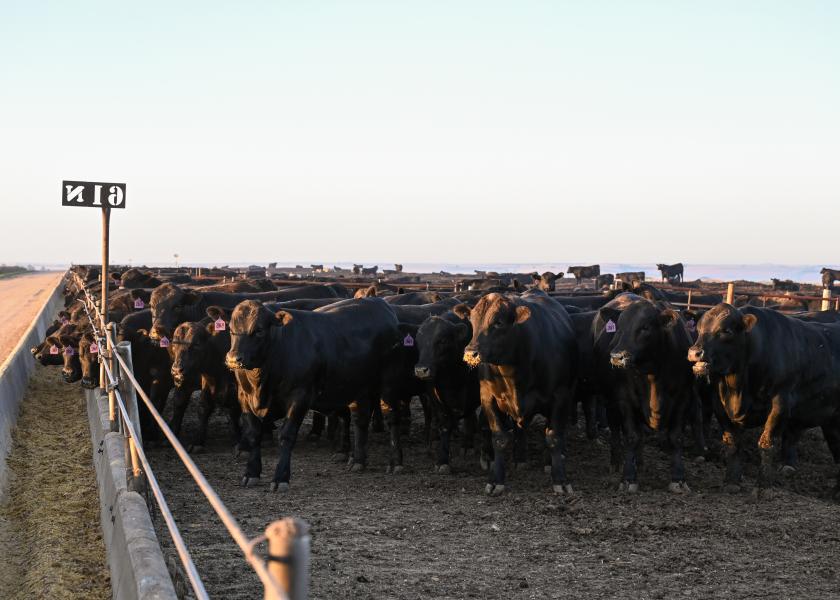Despite Disruption, Cattle Market Shows Resilience

Shocks to the beef industry were all part of 2020’s "unprecedented" theme, but how the market responded was less surprising. There was nothing for it but to make new plans and keep going said a RaboResearch analyst.
Cattle, labor, physical capital and technology make up the beef production equation, he said. When any of those fall out of balance, it’s communicated through prices.
The 2019 Tyson packing plant fire and COVID-19 both threw the equation off, but with different effects. Where the Holcomb, Kan., fire caused some destruction at one plant, the coronavirus pandemic brought changes in human health, plant adaptions and new technology across the entire supply chain.
"Looking at what happened here in 2020 with an extreme increase in fed cattle supplies and given the backlog," Aherin said, "the collapse in prices really wasn't unexpected."
The what and why
The escalating disasters highlighted the tightening capacity at packing plants, especially in the last five years. When there aren’t enough resources to turn cattle into beef, "it’s tough to put a high value on those animals," Aherin said.
That’s what happened, but why requires a deeper understanding of the financial environment.
The pandemic created a "risk-off environment," he said, causing investors to pull cash out of the market and put it into assets perceived as safer.
"In such a high-risk environment," Aherin said, "it’s really difficult to motivate buying in the live cattle futures side of the market."
Studies show small changes in beef tonnage result in large price changes, he said. The temporary plant shutdowns, labor challenges and the rapid shift from foodservice to retail caused major changes in beef availability.
"As painful as it was for cattle producers," Aherin said the prices and magnitude of changes were in line with research models.
Leaving the gate open
What comes next? When so many decisions in 2020 were reactions to repeated rib punches, it’s hard to catch your breath long enough to make plans.
But agriculture often deals with heavy blows. Aherin recalled the global financial crisis of 2008 took seven quarters for foodservice recovery. After a COVID-19 vaccine helps tame the pandemic next year, "we’re expecting closer to eight to 10 quarters," he said, "and the trend of change will continue" in foodservice.
"We need to be proactive and willing to adapt," he said. "Consumer preferences, supply chain practices, food safety, quality and convenience are going to be even more important than ever."
Opportunities are wide open for the beef industry, but it’s going to take buy-in and support from cattlemen to create a resilient, diverse and flexible supply chain.
How do we let technology disrupt established procedures to increase efficiencies, particularly at existing packing plants? Aherin asked.
"The big talk is to have more robotic fabrication and cutting," he said. "But there’s more near-term potential in data collection and monitoring."
Improvements in those areas across all production sectors will help identify the best genetics and practices, he said.
Traceability is another benefit. Disease outbreaks not only threaten people but as African Swine Fever has illustrated, also pose high risks to livestock and the food supply.
"We have to be able to track, trace and control any sort of disease outbreak before it becomes a major inhibitor to the marketplace," Aherin said.
As consumers grow more curious about food production, source and environmental impact, it may pay to enhance documentation. Throughout the pandemic, branded beef led sales. That’s still rooted in quality but more management attributes are emerging. Producers may not have to change much, just add verification to meet consumer demand and gain market access.
Aherin foresees a future where "a product doesn't have access to food companies, distributors, restaurants and retailers if they don't meet the standards that those businesses have set for their supply chains."
"We have to be really focused on the consumer and ready to innovate and be creative," Aherin said. Because when history is making jumps and bounds, "we don’t want to be caught flatfooted."







